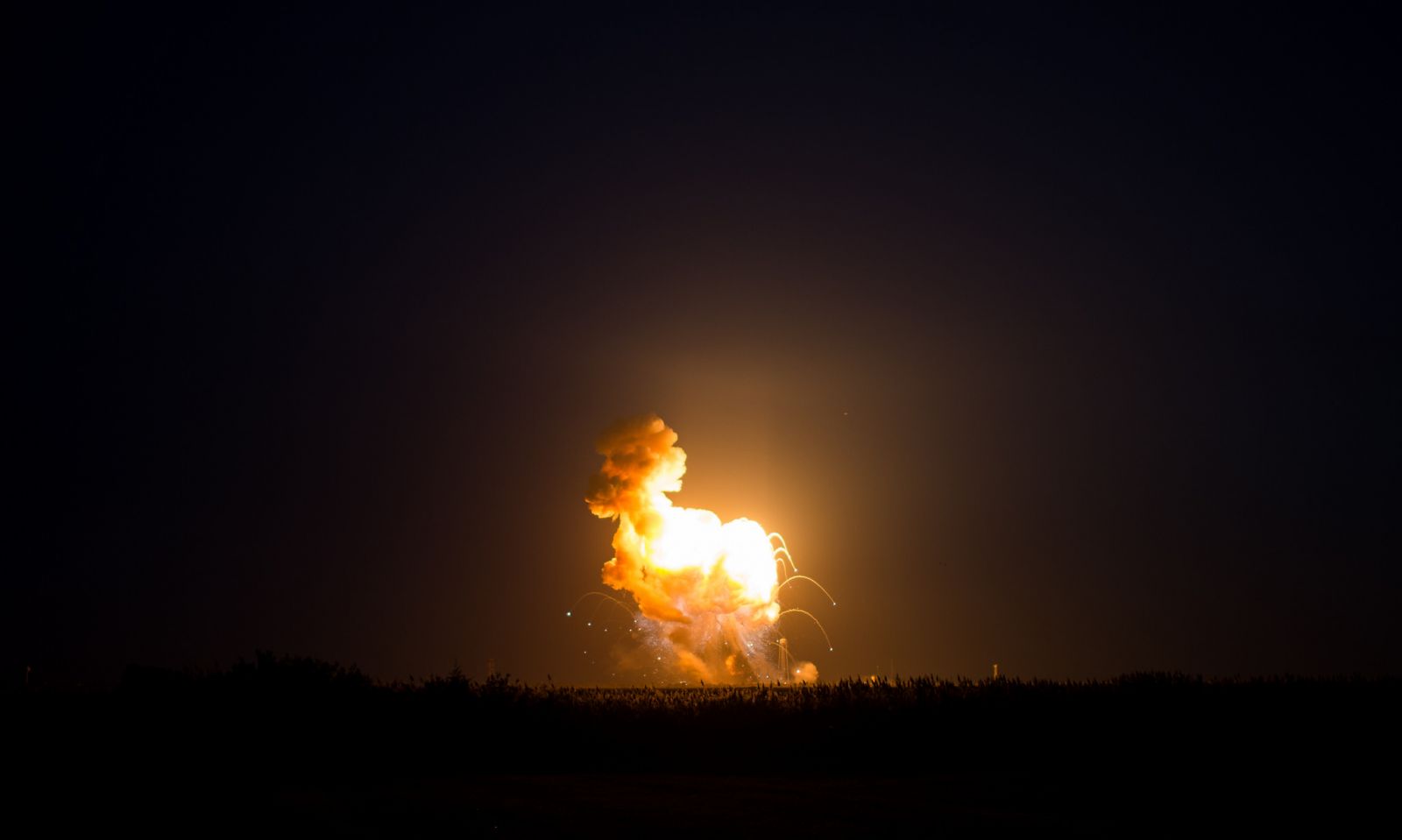Having just wrapped up a strong first year, CPREE educators across our 12 partner campuses are gearing up for an exciting start to the second. From setting up mini-grants to facilitate awardees in implementing reflective practices of their own design to engaging other faculty members and instructors around them in questions of how reflective practices can benefit classrooms in a variety of disciplines, our members have been busy helping to bring meaningful change in engineering education across the country. We wanted to share some of their stories to highlight the important work they are doing as well as provide inspiration to others looking to do the same.
Arizona State University – Polytechnic Campus – Kristy Csavina and Adam Carberry
It was exciting to read the mini-grant applications and learn of the reflective practices already adopted by faculty within the Fulton Schools of Engineering. We have successfully completed our kick-off meetings and have 12 new mini-grant awardees spanning across the six engineering schools at ASU. The team includes instructors, tenure-track, and tenured faculty with a range of discipline expertise as well as years of experience teaching. Each has used a form of reflection in their classrooms prior to CPREE, some more innovative than others. In addition to this, many faculty have already expressed interest in our new ‘mentor a colleague program’. We expect another 6-12 faculty to join our team between now and January 2016.
Bellevue College – Frank Lee
The reception of the CPREE Field Guide at the start-of-the-year Science Division meeting was very positive; many faculty new to CPREE expressed interest in participating and implementing a reflection activity in their course.
“At first when I heard about reflection I thought it would be fluff, but now that I see the activities, it looks very useful and am interested in doing [it],” said a Chemistry Faculty member.
We think there are many great ideas and applications in the field guide collection. We are attempting a preliminary grouping of the entries into common categories as a way to more efficiently direct educators to entries that might be of interest for their needs.
California Polytechnic Institute and State University – Trevor Harding
Our participation has doubled from 15 faculty and 2 students last academic year to 35 faculty participants this year. Our new members hail from the Humanities, Chemistry and Physics departments and bring with them highly divergent experiences with reflection, the experienced ones including it in nearly every course they teach while others are just beginning to explore what reflection is and how they might use it.
While reflecting on what they had learned, a participant in our collaborative inquiry dialogue group found that “[the] freeform discussions not only expand my horizons, but also remind me of the power of simply taking the time to sit down and talk with others.”
Clarkson University- John Moosbrugger
Having established our mini-grant fund, we now have 8 mini-grant awardees engaged in reflective practices and are looking to recruit more. In our ongoing efforts to invite more participation from faculty, we have found the most effective method is to meet with them individually. Often, we find that they are already incorporating or planning to include activities in their courses that are reflective in nature. The main “barrier” seems to be making the communication happen. Since we are situated on a geographically small campus, it is also more efficient to conduct face-to-face project meetings to figure out details to make the evaluation process work. An interesting side-benefit of this that we have discovered is that it seems to be “forcing” more detailed sharing of teaching practices among the participating faculty.
Georgia Institute of Technology – Caroline Noyes and Ruth Poproski
We are getting the word out and there is already a general consciousness on campus that the Center for Enhancement of Teaching and Learning (CETL) will be devoting this year to reflection. We have been discussing the role of reflection in memory and learning at our book club meetings and have had good attendance so far. The mini-grants are getting ready to roll out and we are looking forward to welcoming new awardees. We are also already planning our retreat in the spring and have located an exciting speaker.
Green River College – Janet Ash and Jeff McCauley
The Green River Reflection Activity Team (RATS) met for a two hour kick off of year two activities. Ten faculty and one classified staff member participated in planning our campus wide CPREE efforts, which include both a study group on reflective practices and classroom activities in the fall quarter involving four departments. Laura Moore-Mueller of our Math division commented that this meeting was the best student focused event she had participated in the entire week. The faculty in this group embraced the opportunity to wrestle with the challenges of incorporating reflection into their classrooms and the new members brought freshness and new perspectives. One of them is a relatively new English teacher that teaches Technical Writing to our engineering students, but also teaches creative writing to the humanities/social science students. She shared some of her reflective classroom practices that utilizes Harry Potter as the catalyst! Another enthusiastic new member is a veteran IT professional with years of industry experience eager to use the field guides he sees as urgently needed for his students.
Highline College – Rich Bankhead
In our opening week event, “Building a Community of Reflective Educators,” we discussed the definition of reflection with 17 faculty in both STEM and non-STEM discipline. Together, we explored why students are sometimes not successful in class, leading to discussion of how we can avoid “telling” our students what it takes to be successful, and instead motivate them towards becoming better students through personal reflection. We also discussed the use of reflection for culturally responsive teaching, reflection in non-verbal formats, and how reflection can serve our diverse campus community. There was a great deal of interest, to the extent of one of the discussions running overtime!
Our second opening week event, a “birds of a feather” round-table conversation focused on reflective teaching was equally successful. An attending computer science faculty member who was initially unconvinced that reflective activities could be tailored to the needs of his classroom was a great deal more excited by the end by the activities we have planned.
Rose-Hulman Institute of Technology – Patrick Cunningham and Ella Ingram
We started off our activities with a module on reflection presented by Patrick Cunningham at our Summer Teaching Workshop. While it was well received by all participants, one new faculty member in Computer Science and Software Engineering (CSSE) got particularly excited about the use of reflection to help students build meaning. He had spent several years in the industry and saw the significance of helping students understand the importance of course topics and how they connect to people’s lives and even their own lives.
Just the other day, Patrick Cunningham was approached for an informal conversation about reflection by his colleague Richard Onyancha. Richard is involved in global engineering and has been thinking about how to engage students in processing experiences doing engineering in a global context, including traveling abroad, and had thought of speaking to Richard. We were pleased to realize that CPREE at Rose-Hulman is becoming a resource that people think of.
Seattle Central College – Doug Faust
We have been rolling out our mini-grants and preliminary data indicates that is costs about $5 to create and administer a reflective experience for a student. Everyone seems to be impressed by this number, and if you consider that any given reflection may change a student’s academic trajectory, it is impressive. You could say that one of our ‘a-ha’ moments is realizing that an experienced educator can choreograph an ‘a-ha’ moment for a student so efficiently.
We have also noticed that the mini-grant system is a very effective way of getting people involved in the project. The PI informally polled some of the educators and they reported that by letting them choose the mode and techniques of the reflective practice, they felt that the project was supportive of their existing teaching instead of disruptive and invasive.
Seattle University – Phil Thompson
At the end of July, we held a workshop for 11 faculty members intended to facilitate the creation of new reflection activities. Using the activity he devised at this workshop, Phillip Thompson conducted a pilot project for the reflection / assessment cycle in August-September. The activity had been designed for students who had engaged in a service-learning trip to a developing country. Three students who visited Thailand from June-August 2015 participated in both the reflection and the assessment. The exercise caused Dr. Thompson to wish he had started these student reflection essays ten years ago when he first began his work with students abroad.
Stanford University – Sheri Sheppard and Helen Chen
One group of educators we are working with is led by the Head TA (leading a group of nine TAs) for the Earth Systems introductory overview course for first and second-year students. Several of these graduate students attended our CPREE workshop in the spring and followed up with us again in the fall. Our initial conversation about where reflection activities might be incorporated into the course eventually led to a broader conversation about articulating course learning outcomes and identifying where and how instructors might envision change in student knowledge, attitudes, behaviors, beliefs, etc. as a result of taking the course. Several questions came up: How might the product of a reflection activity represent evidence of learning impact? If there were several reflection activities embedded throughout a course, would it be possible map change or growth over time? How do reflection activities inform both individual student self-assessment as well as course or program evaluation?
University of Washington – Ken Yasuhara
One of the early “clients” that we are most excited about is a group of pre-engineering advising staff in the college. They are responsible for ENGR 101, a survey seminar enrolling over 400 students annually that has a format of weekly visiting presenters. We have discussed a wide variety of ways of increasing and enhancing the reflection and active learning components of this course. ENGR 101 is an ideal context for consortium activity, given that most enrollees are first-years and sophomores who are considering but are not necessarily already committed to an engineering major. Similarly, although at a smaller scale, another current client is designing and teaching a first-year seminar for prospective bioengineering majors as part of a university-wide effort to encourage student understanding and development of leadership.




